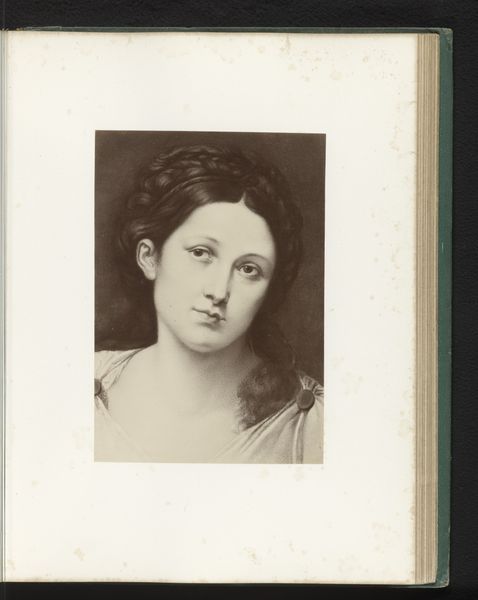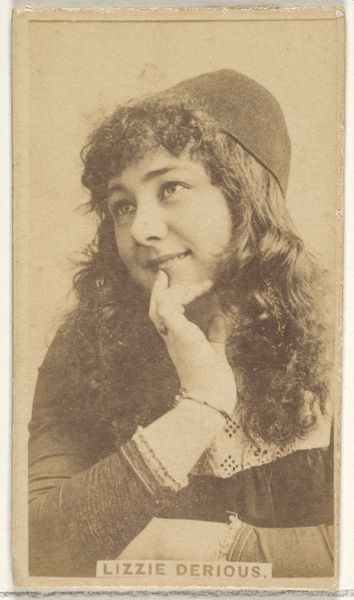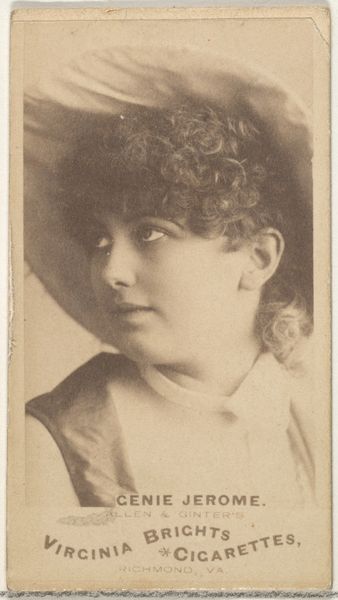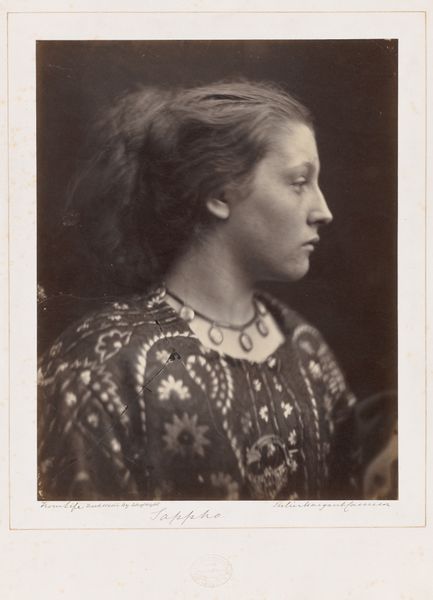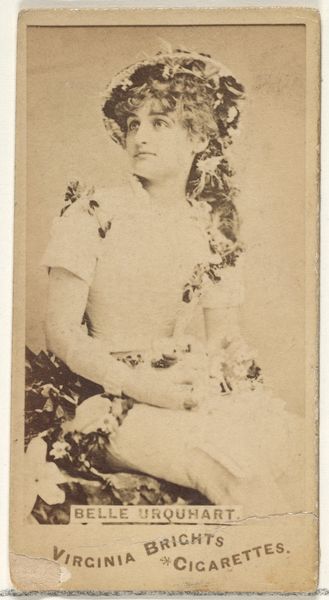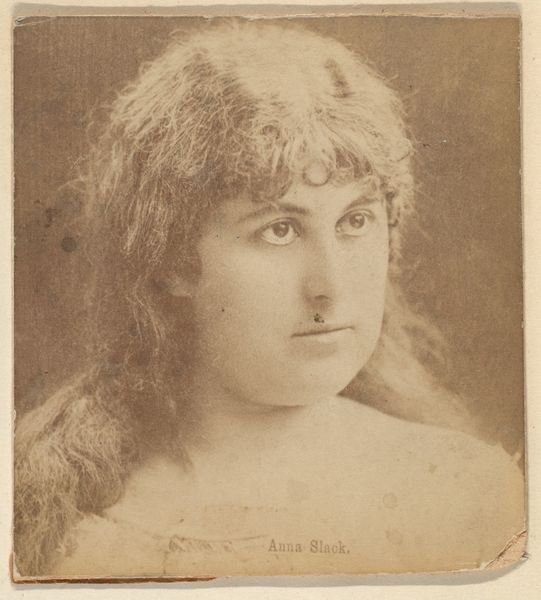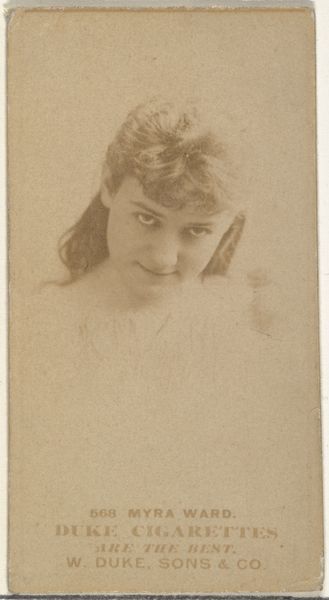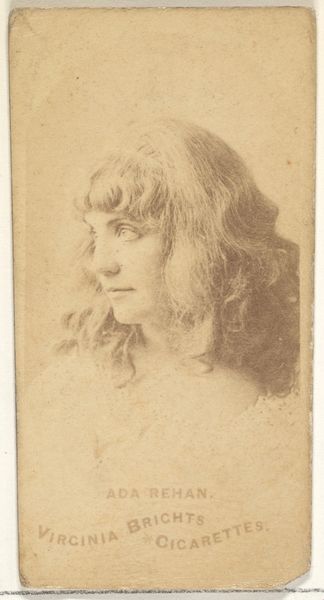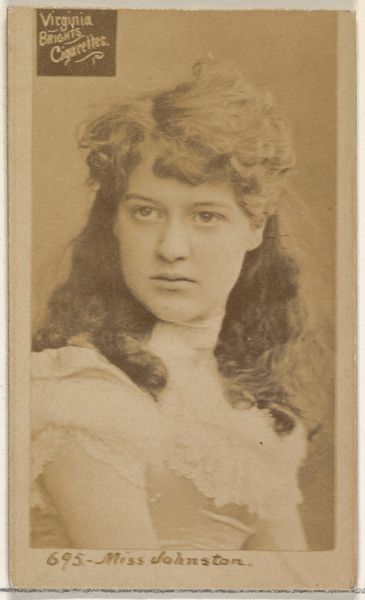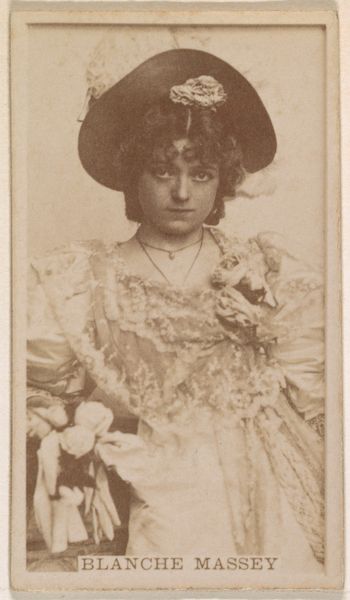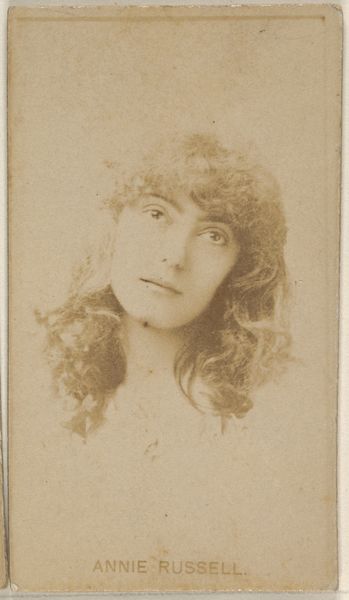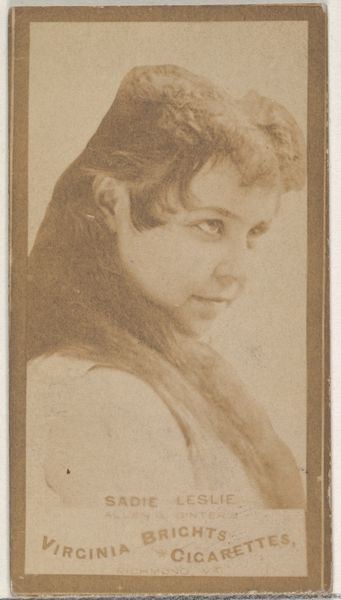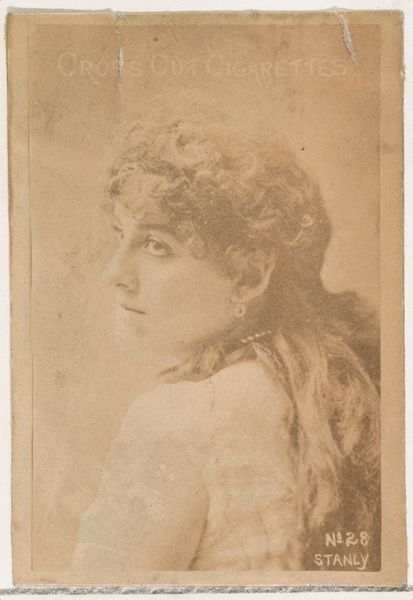
drawing, print
#
portrait
#
drawing
#
neoclassicism
# print
#
portrait drawing
#
history-painting
#
christ
Dimensions: Plate: 16 1/4 × 12 3/8 in. (41.3 × 31.5 cm) Sheet: 17 1/4 × 13 5/16 in. (43.8 × 33.8 cm)
Copyright: Public Domain
Editor: So, this is "Head of the young Christ," a drawing or print from 1802, currently at the Met. The artist is Karl Jautz. It's striking how vulnerable the young Christ appears, yet there’s this inherent sense of dignity. What's your take on it? Curator: It’s interesting that you see vulnerability. Consider the time. In the aftermath of the French Revolution, Neoclassical art often aimed to reinstate moral and social order. This Christ, then, isn’t just a portrait. It's an *ideal* of youthful innocence meant to inspire virtue and perhaps even reinforce established power structures. Do you notice the idealized features, reminiscent of classical sculptures? Editor: Yes, definitely the classical features. The hairstyle too feels very Roman. So, you’re saying it’s less about genuine religious feeling and more about promoting an ethical standard through a familiar, religious symbol? Curator: Precisely! It's not about personal piety as much as the public role of faith and how that's constructed visually. Think about how portraits of leaders at the time were also being created using similar visual strategies – calm demeanor, direct gaze – creating parallels with religious figures. The medium as well, being a print, allows it to be circulated more widely. Editor: That reframes everything. I hadn't considered the distribution aspect. Seeing it as a widely available tool for reinforcing social values makes so much sense given the socio-political climate then. The placement of flowers might also reinforce that symbolic innocence and youth, right? Curator: Exactly. Their presence elevates a relatively standard portrait, associating youth and early innocence with virtue, aligning itself seamlessly within the established codes of the period. It’s about the performance of piety for a purpose, more than the feeling itself. Editor: Wow. I went in thinking it was a simple, sweet portrait, and now I see the image is deeply tied to the era's social and political agenda. Curator: That’s the power of contextualizing art. We can better understand how social narratives are constructed.
Comments
No comments
Be the first to comment and join the conversation on the ultimate creative platform.
